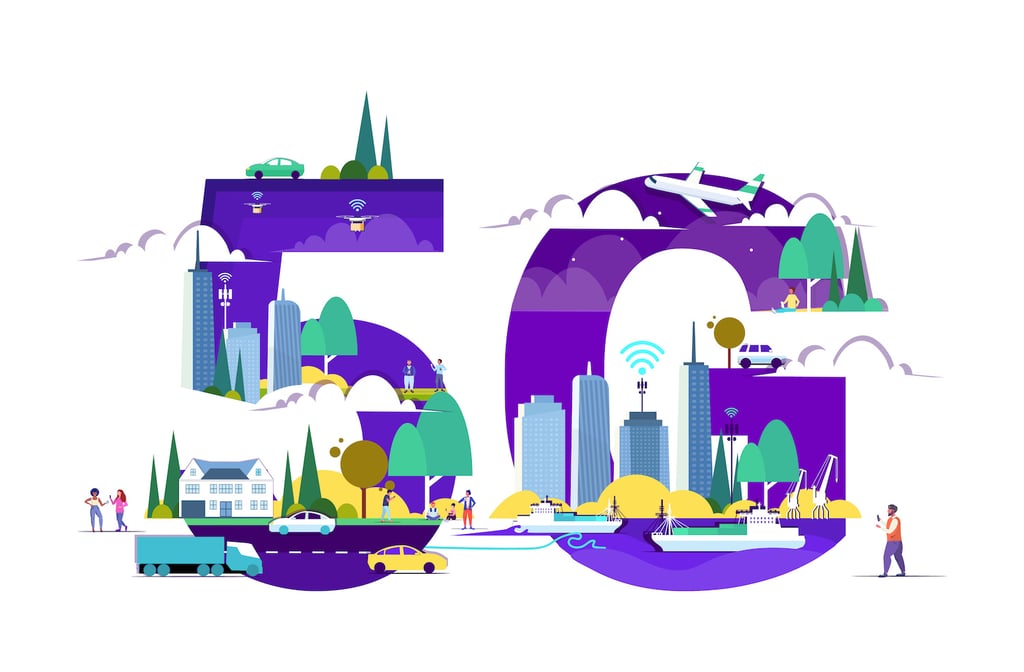The devastation of slow-moving Hurricane/Tropical Storm Harvey is another illustration, as if one is needed, that robust emergency communications are a vital element of civil society.
As much as has gone wrong with the devastation, the communications infrastructure has done surprisingly well. That’s a positive to take from this tragedy. When coupled with the creation of FirstNet and other dedicated emergency communications networks, it suggests that the big challenge of allowing first responders to communicate is on the road to being solved.
It has been a given since the early days of cellular that networks quickly buckle during emergencies. It happened during Hurricane Katrina, the September 11 attacks and Superstorm Sandy. During Harvey, however, the infrastructure appears to be holding up.
In a story posted August 29 and therefore probably reported at the height of the storm and during the beginning of the flooding, Wired suggested that things are going reasonably well from a communications perspective. Rockport, the epicenter of the storm, was almost completely offline. However, the FCC said that only 4 percent of 7,804 cell towers were out. That affected 148,565 people. Emergency 911 calls were getting through. That’s a great comparison to Hurricane Katrina, when more than 1,000 cell sites went down, affecting millions of people.
Though the storm is massive, it is slow moving enough to enable service providers to get gas to backup generators, deploy mobile cell units and otherwise react. Beyond that, the carriers have paid more attention to disaster operations and networks now are generally more robust simply as a function of network evolution.
The other big news in the first responder world is that the lessons of the earlier disasters have finally led to the creation of a nationwide network. It will actually be a coordinated network of networks. The flagship is FirstNet, a public/private partnership between AT&T and the U.S. Department of Commerce. This month, Hawaii became the 15th state to opt in. On August 16, Verizon said that it would offer similar first responder network services.
That sounds altruistic, however, Recode paints a picture of the wireless carriers’ approach to emergency communications that is not complementary. Essentially, the carriers and their ecosystems have dragged their feet:
But efforts to bring those alerts into the digital age — requiring, for example, that they include multimedia and foreign-language support — have been met with skepticism or opposition from the likes of AT&T, Sprint, Verizon and T-Mobile, and even some device makers, too.
Officials of Harris County, which includes Houston, are among those complaining.
It seems that two things are happening: Networks themselves, due to improvements in technology, are inherently more stable. FirstNet, Verizon’s and perhaps other initiatives will move the needle significantly. The Recode piece simply suggests that the cellular sector wanted to create the necessary infrastructure only when it was financially advantageous for them to do so. The most important thing, though, is that emergency communications are improving.
Carl Weinschenk covers telecom for IT Business Edge. He writes about wireless technology, disaster recovery/business continuity, cellular services, the Internet of Things, machine-to-machine communications and other emerging technologies and platforms. He also covers net neutrality and related regulatory issues. Weinschenk has written about the phone companies, cable operators and related companies for decades and is senior editor of Broadband Technology Report. He can be reached at cweinsch@optonline.net and via twitter at @DailyMusicBrk.










